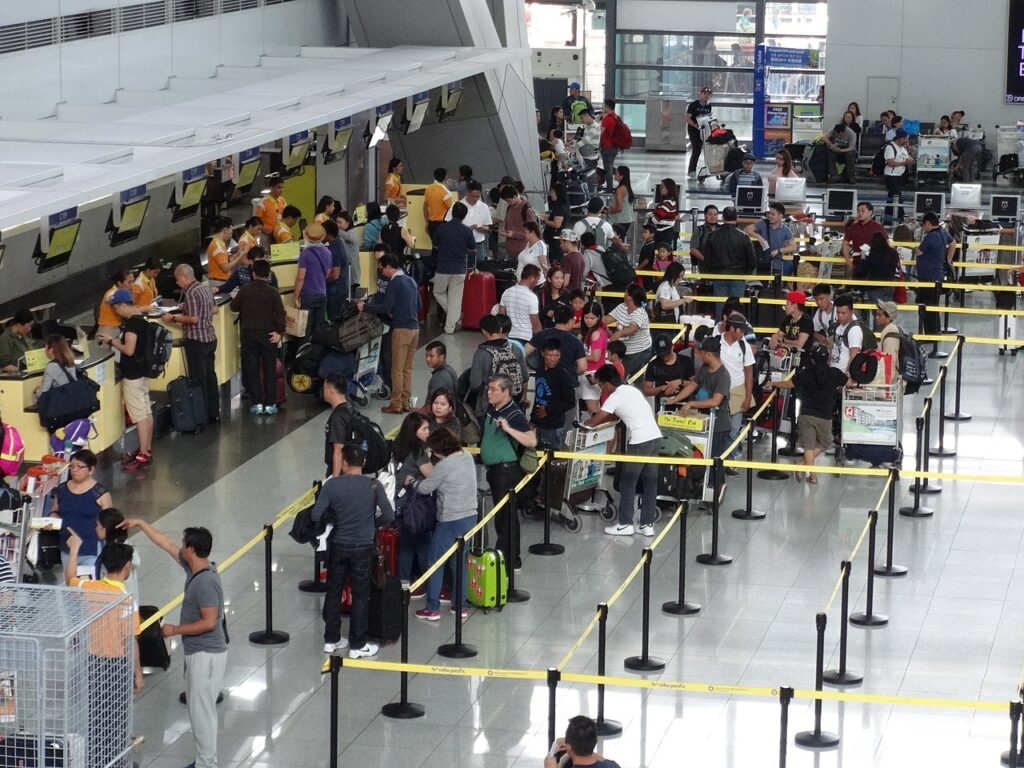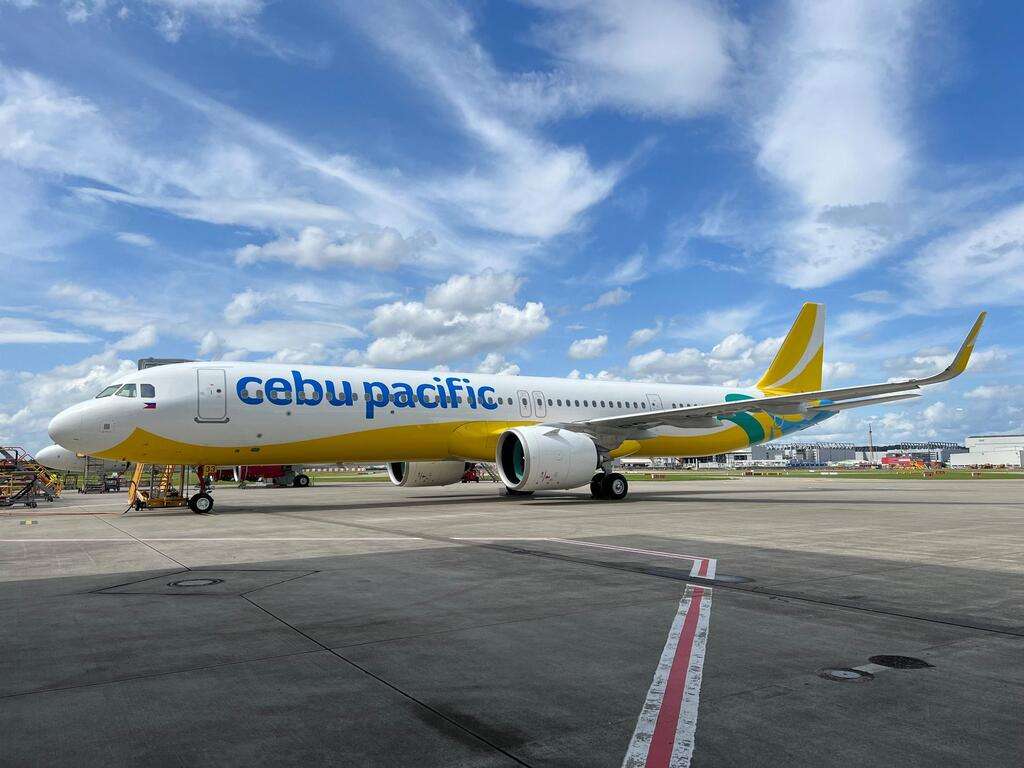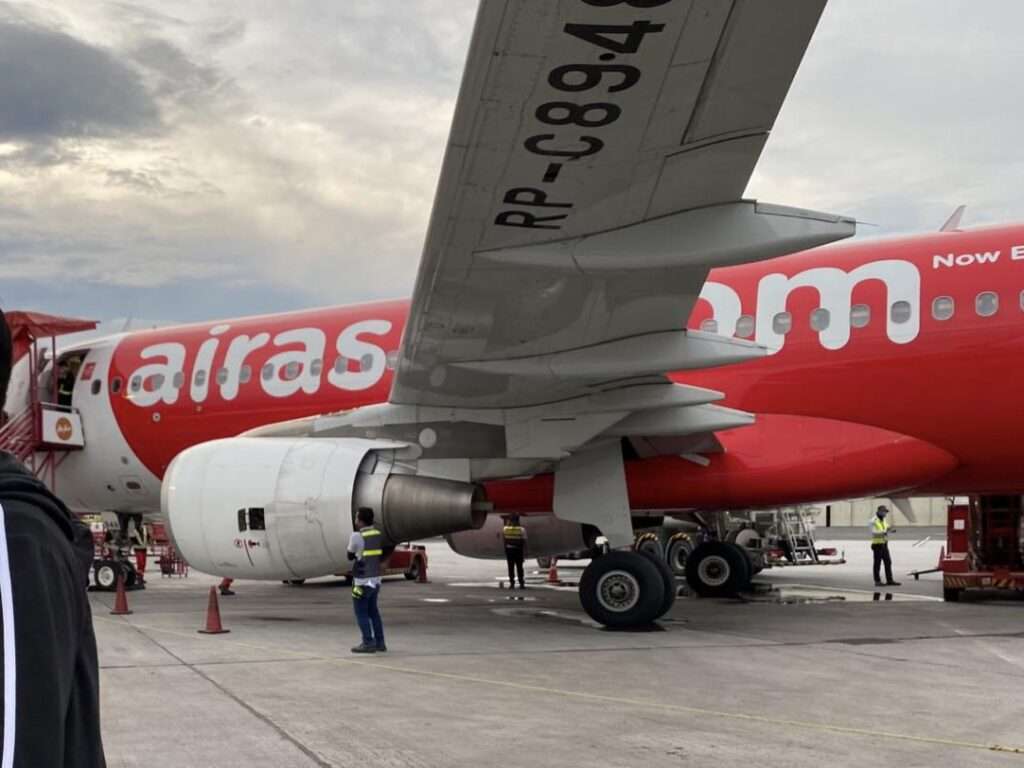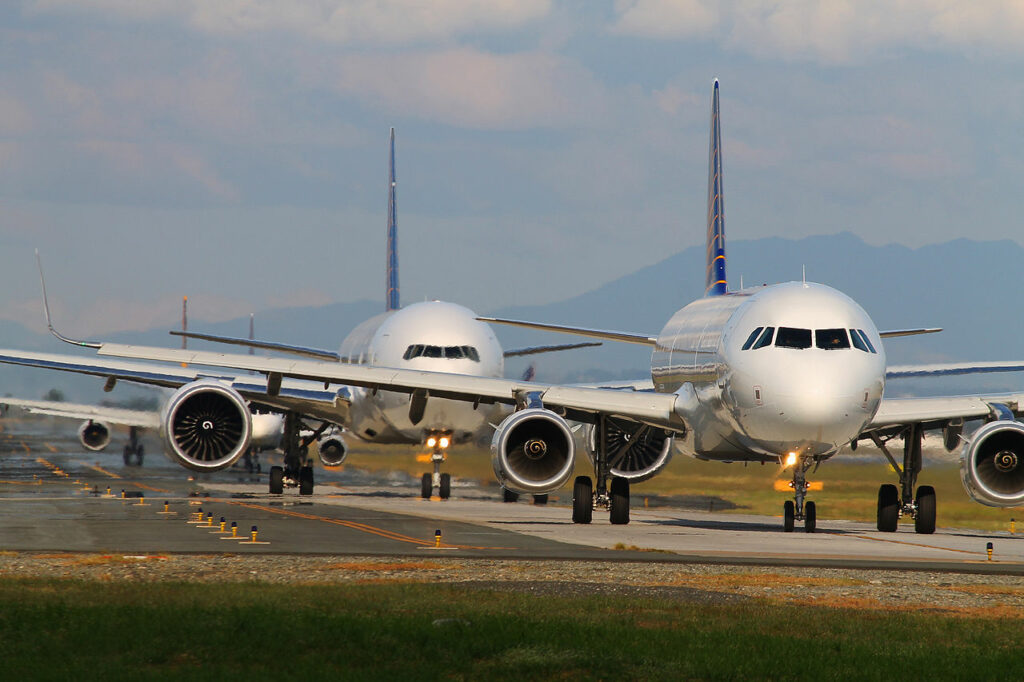The Philippine tourism industry is experiencing a remarkable resurgence, with the Department of Tourism (DOT) reporting over 2 million international visitors as of April 24, 2024.
This impressive figure surpasses the number recorded during the same period last year by a significant 15.11%.
Strong Recovery and Exceeding Expectations
The good news extends beyond visitor numbers. Tourism receipts for the first quarter of 2024 reached an estimated PHP157.62 billion.
This translates to a remarkable 120.70% recovery rate compared to the pre-pandemic benchmark year of 2019, exceeding revenue generated during that period (PHP130.59 billion).
Foreign Tourists Lead the Surge
Foreign tourists represent the majority of visitors, accounting for 94.21% (approximately 1.89 million) of the total arrivals.
Overseas Filipinos residing abroad contribute the remaining 5.79% (around 116,446). South Korea remains the Philippines’ top source market, with visitors from this nation constituting 27.19% (over 546,726) of total arrivals.
Following closely are the United States (15.71% or 315,816 visitors), China (6.49% or 130,574), Japan (6.13% or 123,204), and Australia (4.38% or 88,048). Canada, Taiwan, the United Kingdom, Singapore, and Germany round out the top ten visitor source countries.

Optimistic Outlook and Ambitious Goals
The Department of Tourism is highly optimistic about the industry’s trajectory for the remainder of 2024. Tourism Secretary Christina Garcia Frasco attributes this success to collaborative efforts and dedication across the sector.
Looking ahead, the DOT emphasizes the importance of continued investment in tourism infrastructure. Improved air, land, and sea accessibility will further enhance the visitor experience and potentially attract even higher numbers.
The Philippines has set an ambitious target of welcoming 7.7 million international visitors this year, aiming to approach the record-breaking pre-pandemic figures of 2019 (approximately 8.26 million).

Secretary Frasco expressed confidence in achieving these goals, guided by the Marcos Administration’s vision and the National Tourism Development Plan (NTDP) 2023-2028.
The strategy prioritizes not only attracting visitors but also stimulating job creation for Filipinos within the Philippines tourism industry.
The DOT extends its gratitude to public and private sector partners who contribute to achieving sustainable tourism development.

Air Travel in the Philippines: Exploring the Skies
The Philippines, an archipelago nation, boasts stunning island destinations best accessed by air. Fortunately, air travel in the Philippines offers a range of options to suit your needs and budget.
Major Airlines and Budget Carriers:
- Several major airlines operate domestic flights within the Philippines, including Philippine Airlines (PAL) and Cebu Pacific Air (CEB). These airlines offer a comfortable flying experience with amenities like in-flight entertainment and complimentary meals on longer routes.
- Budget carriers like Philippines AirAsia and Jetstar Pacific offer competitive fares, making island hopping more accessible. Be mindful of baggage allowances and any additional fees when booking budget flights.

Domestic Airport Network:
Supporting Philippines tourism is a well-developed network of domestic airports, with major hubs in Manila (Ninoy Aquino International Airport – NAIA), Cebu (Mactan-Cebu International Airport – Mactan), and Davao (Francisco Bangoy International Airport).
Planning Your Trip:
- Booking: Several online booking platforms and airline websites allow for easy booking of domestic flights within the Philippines.
- Travel Time: Flight durations can vary significantly depending on the distance between islands. Research your route to get an idea of travel time.
- Luggage: Check baggage allowances carefully when booking, especially with budget carriers. Consider packing light for island hopping adventures.
- Connecting Flights: For travel to remote destinations, connecting flights might be necessary. Factor in layover times when planning your itinerary.

Click the banner to subscribe to our weekly newsleter.

Click the photo to join our WhatsApp channel so then you can stay up to date with everything going on in the aviation industry!









